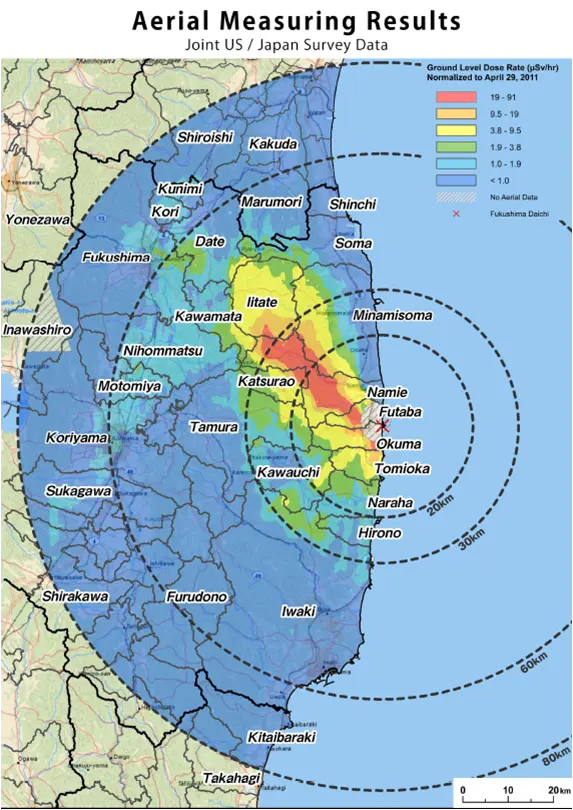They still can't come up with anything other than "it's not safe!" And "you're so irresponsible"?
Previous articles on this say the water is less contaminated than that which comes out of some of China's plants.
This article: IAEA says 10,000 becquerels per liter is the safe limit. Japan's output will be 63 per liter.
